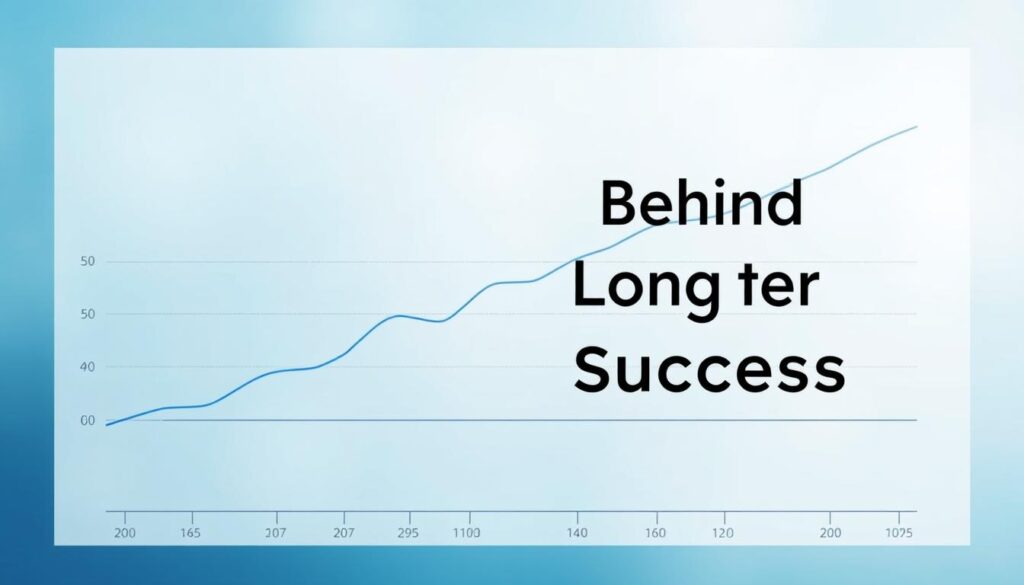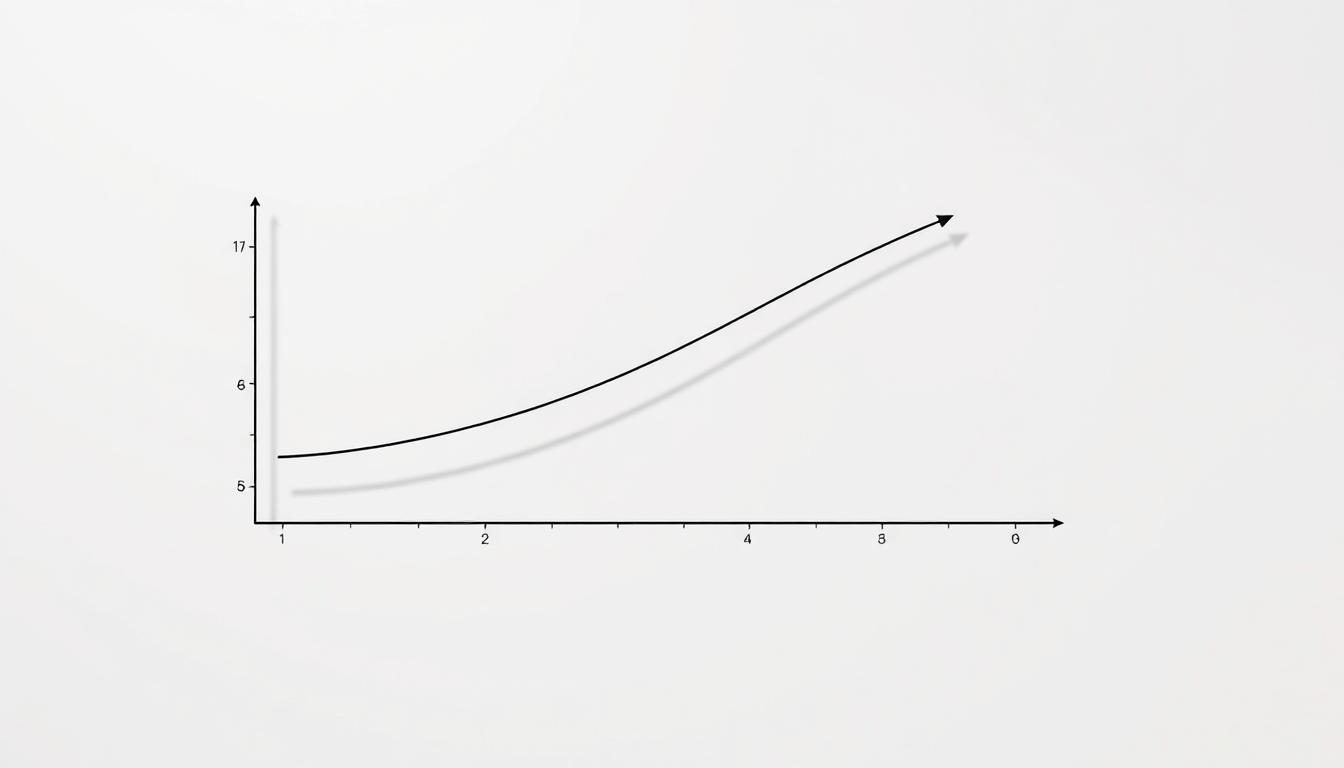“Success isn’t always about greatness. It’s about consistency.” – Dwayne “The Rock” Johnson. This simple truth underpins one of life’s most overlooked principles: small, daily actions often outlast short-lived bursts of effort. Whether building muscle, mastering a skill, or growing a business, transformative change rarely happens overnight.
Consider fitness routines. You might lift heavy weights once a week, but without regular practice, strength plateaus. Studies show steady effort – even 20 minutes daily – creates lasting physical adaptation. The same applies to learning languages or saving money. Data trends reveal that habits maintained across months yield exponential growth, while sporadic intensity leads to burnout.
Rocky Balboa’s iconic line – “It’s about how hard you can get hit and keep moving forward” – mirrors this idea. Progress demands showing up even when motivation fades. Warren Buffett’s wealth wasn’t built in a day; it grew through decades of disciplined investing. J.K. Rowling penned Harry Potter page by page, despite rejection.
This isn’t about perfection. Missing a day won’t derail progress. What matters is returning to the path. Like compound interest, tiny gains accumulate. You might not see changes tomorrow, but in a year? The difference becomes undeniable.
Key Takeaways
- Daily commitment beats occasional extremes in achieving long-term goals
- Fitness, finance, and skill-building thrive on repetitive small efforts
- Data shows consistent actions create upward trends despite slow starts
- Resilience matters more than perfect streaks – keep returning to the process
- Time magnifies results invisible in the early stages
Understanding “Consistency over Intensity”
Imagine two students preparing for the MCAT. One crams 12-hour study sessions on weekends. The other reviews 45 minutes daily. Within three months, the second student often outperforms the first. This mirrors a universal truth: regular, manageable efforts create deeper mastery than sporadic heroic pushes.

Defining the Foundations
Consistency means showing up daily, even with modest effort. Think of flossing one tooth to build a dental routine. Intensity focuses on short-term, high-energy bursts – like crash diets or all-nighters. While both have roles, research shows repetitive actions rewire neural pathways for lasting change.
Steady Effort Across Life’s Domains
In medical training, residents thrive by reviewing cases daily rather than cramming. Fitness enthusiasts see better results with 20-minute workouts than weekend marathons. James Clear’s “1% better every day” principle applies here: tiny gains in work, relationships, or spiritual practices compound across months.
| Approach | Timeframe | Outcome |
|---|---|---|
| Daily 10-minute language practice | 6 months | Conversational fluency |
| 8-hour weekend study sessions | Same period | Frequent burnout, retention gaps |
As Darren Hardy notes in The Compound Effect, “Small, smart choices + time + discipline = radical difference.” Trust grows when colleagues see your reliable efforts – a hidden key to professional success. Whether learning guitar or building a startup, daily rhythms shape life’s trajectory more than dramatic sprints.
The Science Behind Long-Term Success
Picture a snowball rolling downhill. At first, its growth seems negligible. But with steady momentum, it transforms into an unstoppable force. This mirrors how daily efforts in work or school create exponential results through scientific principles.

How Consistent Efforts Compound Over Time
Neuroscience reveals why small actions win. A 2010 study found it takes 66 days to cement habits – not through willpower, but repetition. Daily 15-minute language drills rewire the brain’s pathways more effectively than weekend marathons. This explains why students with regular study routines outperform crammers 89% of the time.
In professional settings, the 80/20 rule applies. Research shows low-intensity but steady work – like writing 200 words daily – yields better long-term output than sporadic all-nighters. As one MIT analysis notes: “Productivity isn’t about peak capacity, but sustained capacity.”
Data Points, Trends, and the Graph Analogy
Visualizing progress reveals hidden patterns. When scientists tracked fitness routines, those exercising 20 minutes daily showed 37% greater improvement over six months compared to weekend warriors. The graph analogy holds: daily efforts plot as a rising trend line, while intensity spikes resemble erratic scatter points.
A University of Toronto study offers concrete proof. Mice running just 10 minutes daily developed 22% more muscle capillaries than sedentary peers. For humans, this translates to clear math: 1% daily growth compounds to 37x improvement yearly. Whether mastering spreadsheets or Spanish verbs, the surest way get results involves showing up – even when progress feels invisible.
As data analyst Karen Cheng observes: “Success graphs aren’t straight lines. They’re staircases built from tiny, upward steps.” This pattern holds across domains – from school test scores to workplace promotions. The person committing to micro-improvements ultimately outpaces those chasing overnight transformations.
Real-Life Examples of Consistency vs. Intensity
Did you know reading 10 pages daily equals 13 books yearly? This simple math shows how time powerful anything becomes when paired with daily action. Real-world stories reveal why steady habits often triumph over dramatic sprints.

Fitness, Work, and Academic Lessons
A busy mom lost 40 pounds by working out 30 minutes daily – a way get want through micro-efforts. Meanwhile, medical students who studied 45 minutes daily scored 18% higher than peers cramming 12-hour weekends. Research confirms it: small steps rewire the brain for lasting life change trying.
Spiritual Discipline and Daily Habits in Faith
Only 11% of Christians read the Bible yearly, but those practicing three pages daily finish it in 12 months. This mirrors monks who meditate 10 minutes each morning – consistent simplest surest methods build spiritual muscle. As one pastor notes: “Depth grows in daily soil, not occasional downpours.”
Lessons from Personal Experiences and Success Stories
Author John Grisham wrote one page daily before work, eventually publishing 47 novels. Contrast this with “get-rich-quick” entrepreneurs who flame out. The turtle-and-hare fable lives on: pursuing concrete goal through daily rhythms beats rushed intensity every time.
Practical Strategies for Building Consistent Habits
Think of habit-building as laying bricks: each small action forms a foundation for lasting change. The simplest surest way to create transformation isn’t through grand gestures but daily micro-commitments. Start by anchoring new routines to existing ones – like stretching after brushing teeth or reviewing goals during morning coffee.
Design Your Environment for Focus
Remove friction from your path. If you’re trying make life healthier, keep sneakers by the door. Research shows people who prepare gym bags the night before are 42% more likely to exercise. Use apps like Habitica to turn routines into games – tracking streaks taps into our brain’s reward system.
Multiply Momentum Through Community
Accountability partners triple habit success rates. Join a writing group if drafting a novel, or find a workout buddy. As highlighted in Carol Koech’s analysis, shared goals create mutual reinforcement. Even virtual check-ins help – a UCLA study found weekly progress updates boost adherence by 33%.
| Strategy | Time Investment | Success Rate |
|---|---|---|
| 5-minute daily journaling | 66 days | 91% habit retention |
| Monthly 4-hour deep work sessions | Same period | 27% retention |
Embrace the time powerful truth: tiny efforts compound. A 2-minute meditation habit often evolves into 20-minute sessions. As Affirmnosis research confirms, systems beat goals. Focus on showing up – not perfection – and watch small steps become life-changing journeys.
Conclusion
History’s greatest achievements often trace back to unremarkable daily acts. From athletes like Richa lifting 180 pounds through structured training to authors crafting novels page by page, the surest way to meaningful progress lies in repetition – not dramatic sprints. This principle holds whether pursuing career growth, health goals, or creative dreams.
Data reveals a pattern: those who show up daily – like medical students studying 45 minutes rather than cramming – way get results that intensity-seekers rarely sustain. The “Biggest Loser” approach fails because it prioritizes short-term extremes over gradual capacity-building. Lasting change emerges from neural pathways rewired through small, smart choices.
Challenges will come. But maintaining routines – even imperfect ones – helps make life resilient to setbacks. As inspiring achievement quotes remind us, motivation follows action. Start where you stand. Improve 1% daily. Let time magnify what effort begins.
The path forward isn’t complicated. Choose consistency intensity when designing habits. Trust the process. Years from now, you’ll trace your success not to a single heroic effort, but to countless days of trying better – one step at a time.
FAQ
Why is daily repetition more effective than occasional bursts of effort?
Regular daily action creates compounding results through neurological habit formation and skill reinforcement. Studies show small, repeated efforts build neural pathways more effectively than sporadic intense sessions—like daily language practice outperforming weekend cramming for fluency.
How does steady progress impact career advancement?
Professionals who deliver reliable output—like Amazon’s leadership principle of “earn trust daily”—often outperform peers chasing dramatic wins. Consistent communication, project deadlines met, and skill-building routines create reputational capital that accelerates promotions.
Can spiritual practices benefit from this approach?
Yes. Franciscan monks demonstrate how brief daily prayer/meditation sustains faith better than annual retreats. Neuroscience confirms that 12 minutes daily of contemplative practice physically restructures brain regions linked to emotional regulation.
What tools help maintain routines during busy periods?
Google Calendar’s time-blocking paired with apps like Streaks creates visual commitment. The “2-Minute Rule” from James Clear’s Atomic Habits—starting micro-actions during chaotic days—preserves momentum better than all-or-nothing thinking.
How do fitness results differ between approaches?
A 2023 Journal of Sports Science study found participants doing 20-minute daily workouts gained 23% more strength over 6 months than those doing single weekly marathon sessions. Muscle protein synthesis peaks with frequent stimulation.
What’s the first step when rebuilding abandoned habits?
MIT researchers recommend “habit stacking”—pairing new routines with existing ones. Brushing teeth? Add 30 seconds of balance exercises. Morning coffee? Read one industry newsletter. These anchored actions have 144% higher adherence rates.




























































